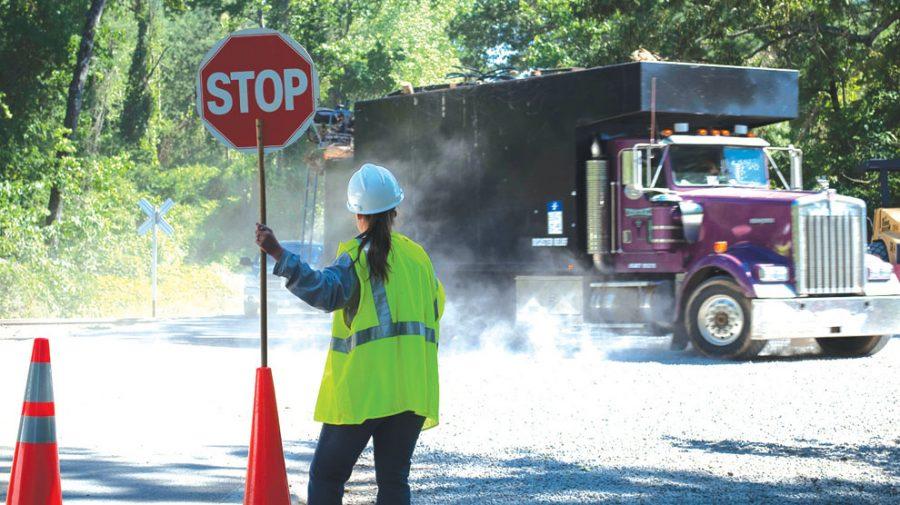The rebuilding process following the April 27 tornado is going to be a long process. Besides clearing debris and a few businesses being able to reopen their doors, very little rebuilding that has gone on in the months following the tornado.
Although most Tuscaloosa residents are worried about where and when they are going to rebuild their homes or businesses, most understand that the process of improving Tuscaloosa and the surrounding communities is going to be a long one.
Concerned citizens have been able to voice their concerns and opinions about rebuilding at Tuscaloosa Forward meetings, and they saw the results of their work recently in the unveiling of the first draft of the plans. Besides only working with the city to rebuild their communities, residents have opened their arms to the FEMA Long-Term Community Recovery Program.
“We come in and help develop what we call long-term community development plans that are the community’s vision for the long-term recovery of their community,” said Bob Haywood, branch director of the FEMA Long-Term Community Recovery Program.
“The value that we had is that we help them identify the who, what, when where, why of those projects,” Haywood said.
The Long-Term Community Recovery Program has already made an impact in many communities in Alabama including Tuscaloosa, Holt and Pleasant Grove, coming in and holding meetings to find out what it is the community wants from the rebuilding process.
In Holt, the community meeting was held on a night that was stormy and miserable but 150 residents still showed up to voice their concerns for their future and most of them had no interest in going home until their voice was heard.
“[The reaction has been] very positive, no one has said no,” Haywood said. “We are currently in 15 Alabama communities providing anywhere from full-on teams of recovery planners and then just targeted technical assistance, focusing just on housing or something like that.”
Coming into communities the mission of LTCR is to help identify opportunities for a more effective recovery. The three main points during the process is to identify opportunities, create partnerships and to optimize resources. After the needs and wants of the community have been established LTCR goes about finding ways to implement the solutions.
“What we focus on is mostly projects that FEMA does not fund finding other sources of funding or other partners,” he said. “We try to fill the gap on those large community recovery projects that will establish a new normal post-disaster.”
Haywood said that although the planning process and the rebuilding process will be slow it is not about waiting all that time for something to happen, it’s about staying busy making something happen..







